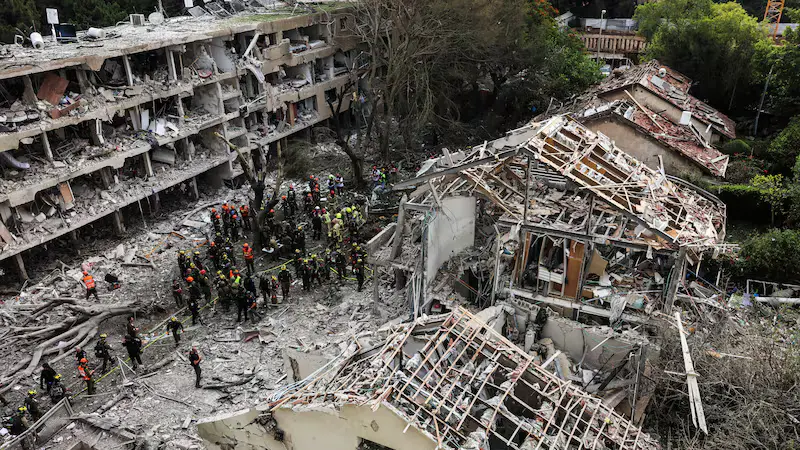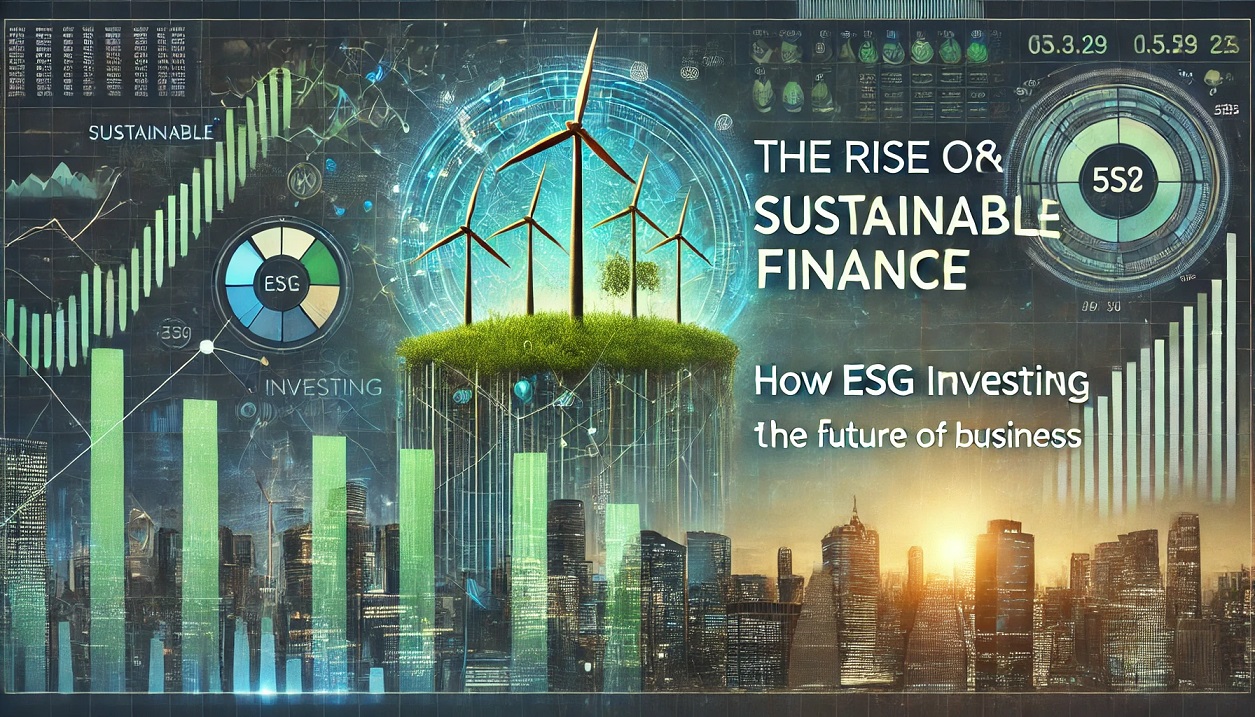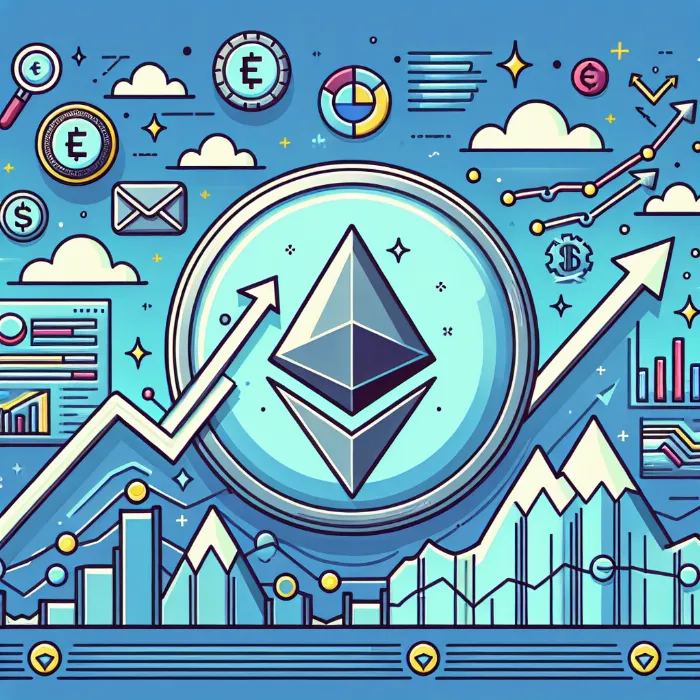In a move that has sent seismic ripples through the global financial landscape, former U.S. President Donald Trump ordered direct airstrikes on Iranian nuclear facilities, effectively catapulting the world into one of the most tense geopolitical moments in decades. But what turned this high-stakes foreign policy decision into an outright economic gamble is one word — oil.
The Middle East has long been the world’s most volatile region. But never before has a sitting or former U.S. president willingly risked the stability of oil markets in this way. Trump’s decision has now ignited a fresh wave of speculation, inflationary pressure, and growing fears of a new financial shock, just as global markets were beginning to regain balance.
🛢️ Oil Becomes the Weapon — And the Risk
The oil market wasn’t just collateral damage — it was center stage. As news broke of U.S. missiles targeting key Iranian nuclear sites, oil prices surged dramatically. Brent crude moved from $72 to over $77 per barrel in less than 24 hours. Analysts quickly revised forecasts, some suggesting a potential short-term spike to $100–$130 per barrel if Iran responds by targeting Gulf energy infrastructure or blocking oil exports through the Strait of Hormuz.
Trump's strategic calculus is clear: hit Iran hard, assert American power, and provoke a regime response that could justify increased U.S. energy independence and dominance in global markets. But this move is being viewed as a high-risk gamble — one that could backfire economically, particularly on the working class he has long claimed to champion.
📉 Global Markets React — With Nervous Stability
The immediate market response was sharp, but not catastrophic. Stock markets in the U.S. opened flat, while European indices edged down slightly. The real movement came in oil, gold, and bond yields.
Gold, the traditional safe haven, rallied above $2,400 an ounce. Treasury yields fell slightly as investors moved into lower-risk assets. Meanwhile, tech stocks faltered, and airline stocks slumped under the expectation of rising fuel costs.
But perhaps the most telling response came from the Gulf region. Despite being closest to the potential retaliation zone, Gulf markets stayed relatively stable. Investors in Saudi Arabia, Qatar, and the UAE are no strangers to conflict — and with central banks actively supporting liquidity and messaging, panic was avoided.
💣 Iran’s Options — and Trump’s Dangerous Calculus
For Iran, the options are difficult and dangerous. They can’t afford a direct war with the United States, especially given domestic economic turmoil. Yet, not responding invites political humiliation.
That leaves indirect retaliation: drone attacks on oil tankers, cyber strikes on energy infrastructure, missile attacks on U.S. bases in Iraq, or even another round of Red Sea shipping disruptions. Every one of these responses carries a price tag — and Trump’s gamble is that the price won’t land in U.S. households. But oil doesn’t work like that. It’s a global commodity, and even a limited disruption can send shockwaves through fuel, shipping, food, and transport prices.
⚠️ Energy Inflation Is Back — With a Vengeance
The world had only just started to see relief from post-COVID inflation. Central banks, particularly the U.S. Federal Reserve, had held off on rate cuts in 2024, waiting for the right time to loosen policy. Now, that window has narrowed.
With oil prices surging, energy costs are climbing, and inflation expectations are rising again. If prices push persistently above $85 or $90 per barrel, global inflation could become entrenched. This would delay interest rate cuts, hurt debt-laden economies, and squeeze consumers just as wage growth is stalling.
Trump’s critics argue that his move was not only reckless militarily — but economically short-sighted. The gamble isn’t just geopolitical. It’s personal. It’s financial. And it’s already being felt at the pump.
🔄 The Ripple Effects: From Wall Street to the Grocery Store
Oil is not just an energy product — it’s the foundation of everything from transport to plastics to agriculture. So when oil prices spike, the effects cascade:
🚗 Gasoline becomes more expensive — hurting commuting households and logistics firms.
📦 Freight and delivery costs increase — impacting global supply chains.
🥬 Food prices rise — due to higher agricultural transport and fertilizer costs.
💼 Airlines and tourism sectors suffer — leading to layoffs or higher fares.
It’s a chain reaction, and if not contained, it could derail the fragile economic recovery many nations are counting on.
🇺🇸 Trump’s 2025 Political Gamble
There’s also the political angle — and it’s impossible to ignore. Trump is once again shaping foreign policy through the lens of American strength and dominance. His 2024 campaign focused heavily on energy independence, America-first economics, and eliminating “hostile regimes.”
Critics say this strike was timed not for national security, but for electoral optics. It sends a message to his voter base that Trump remains the “strongman” who takes action, not words.
But if fuel prices soar, inflation returns, and jobs are lost — even Trump’s base may feel the burn. And if the conflict escalates or spirals out of control, history may remember this not as a show of strength, but as a disastrous economic miscalculation.
💬 Expert Reactions Around the World
Economists and energy analysts were quick to weigh in:
📣 “This is a strategic bet on oil dominance. But markets don’t like chaos — and Trump just added a new layer of it.”
📣 “Iran has too much to lose to escalate openly — but markets aren’t trading on certainty. They’re trading on fear.”
📣 “The global economy has absorbed shocks before. But this one feels more deliberate — more engineered. That makes it dangerous.”
Even neutral observers agreed: the timing, the target, and the market sensitivity make this the most calculated oil gamble in modern U.S. political history.
🧭 What Comes Next?
Everything now depends on how Iran responds, and whether Trump or his political successors escalate further. Key questions include:
Will Iran retaliate directly or through proxies?
Will the U.S. commit more forces or stop at a single strike?
Will oil producers increase supply to stabilize prices?
Will central banks adjust their interest rate strategies?
For now, the markets are on edge, oil is climbing, and uncertainty has returned with force. Every trader, policymaker, and business leader is watching the Strait of Hormuz, Tehran’s military channels, and Trump’s next public address.
📝 Tips for Businesses, Traders & Consumers
If you're navigating this uncertainty — whether as an investor, entrepreneur, or consumer — here are grounded takeaways:
Stay hedged: energy volatility isn’t going away soon.
Review supply chains: identify exposure to shipping and fuel-sensitive sectors.
Watch currency impacts: dollar strength or weakness may be a big swing factor.
Expect inflation ripple effects: prepare pricing flexibility and inventory controls.
Keep eyes on central banks: their next moves could either calm or further rattle markets.
📌 Final Thought: The Cost of Political Power Plays
Trump's strike on Iran may not have been about oil at first glance. But in today’s economy, oil is the lever. Push it too far, and the whole system tilts.
Markets are resilient — but not immune. And this financial shock may only be in its opening chapter.
What remains to be seen is whether Trump’s gamble pays off diplomatically, or whether history will mark it as a reckless bet that triggered a new era of energy instability and financial fallout.

















Comments 0